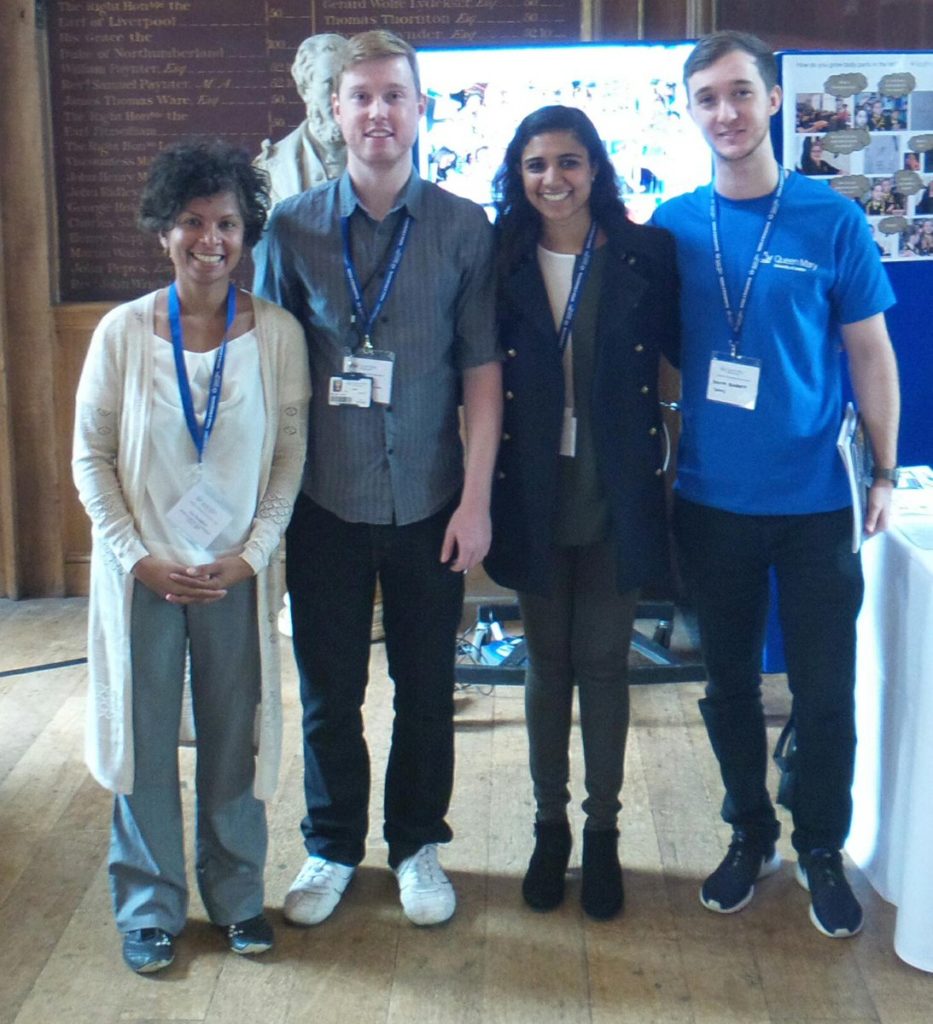Using stem cells to help babies
There is a strong clinical need for tissue replacement in infants and children. Most tissue and organ engineering efforts are targeted at adult patients, who suffer from tissue loss because of injury or disease. However, a substantial number of pediatric patients need surgery to treat defects that are present at the time of birth. Approximately 3% of newborn babies have structural abnormalities that are present at birth and seriously interfere with viability or physical well-being of the young infant. For example, defects in the windpipe or trachea occur in 2% of live births and can cause life-threatening respiratory distress in neonates and infants due to abnormal narrowing of the airways.
A possible solution to treating defects in the windpipe is tissue engineering whereby an artificial trachea could be created in the lab with stem cells from the patient. For example, the team at UCL (Prof Paulo De Coppi) created an artificial trachea in a two year old child using a donor windpipe that was coated with stem cells from the patient’s bone marrow and grew into an organ similar to a healthy one. However, it may be difficult to use this method to treat babies that are born with trachea problems or diagnosed before birth (prenatally) with a complete absence of larynx or trachea, where neonatal surgery is very difficult and use of an artificial material such as prosthesis is often required. In these situations, an artificial trachea could be prepared in the lab before birth using stem cells from the amniotic fluid which surround the developing fetus. There is no need to rely on human donation of the scaffold since the custom-made windpipe could be prepared in the lab and used to treat the baby either before or after birth.
In order to be able to transfer tissue engineering techniques into the clinic to benefit babies and infants with congenital trachea malformations, we need to develop methods to define their suitability in pediatrics. The project will use cells derived from the amniotic fluid that could be cultured with fetal progenitors in a bioreactor for the development of tracheal tissues. In previous studies, we showed that the natural, protective protein called C-type natriuretic peptide (CNP) plays a critical role in stem cell differentiation, cartilage growth and repair. In pilot studies, a combination of CNP and growth factors enhanced stem cell differentiation into chondrocytes using cells derived from the amniotic fluid and generated tissues similar to cartilage that are found in the trachea. We will develop ideal cell culture conditions and evaluate the effects of CNP and growth factors on fetal stem cells to produce tracheal tissues in a safe, efficient and effective manner, using a bioreactor system that mimics the environment of the human trachea.
We believe that the technologies in tissue engineering developed in this project will have great potential for generating functional trachea replacements for babies and infants in the near future.
The project is funded by the RoseTrees Trust and supports James Taylor for three years.

James Taylor (PhD student funded by RoseTrees Trust), Reshma Tilwani (PhD student funded by EPSRC) and David Barrett (PhD student funded by RoseTrees Trust). Photo taken at the IOB launch event on Oct 2015.